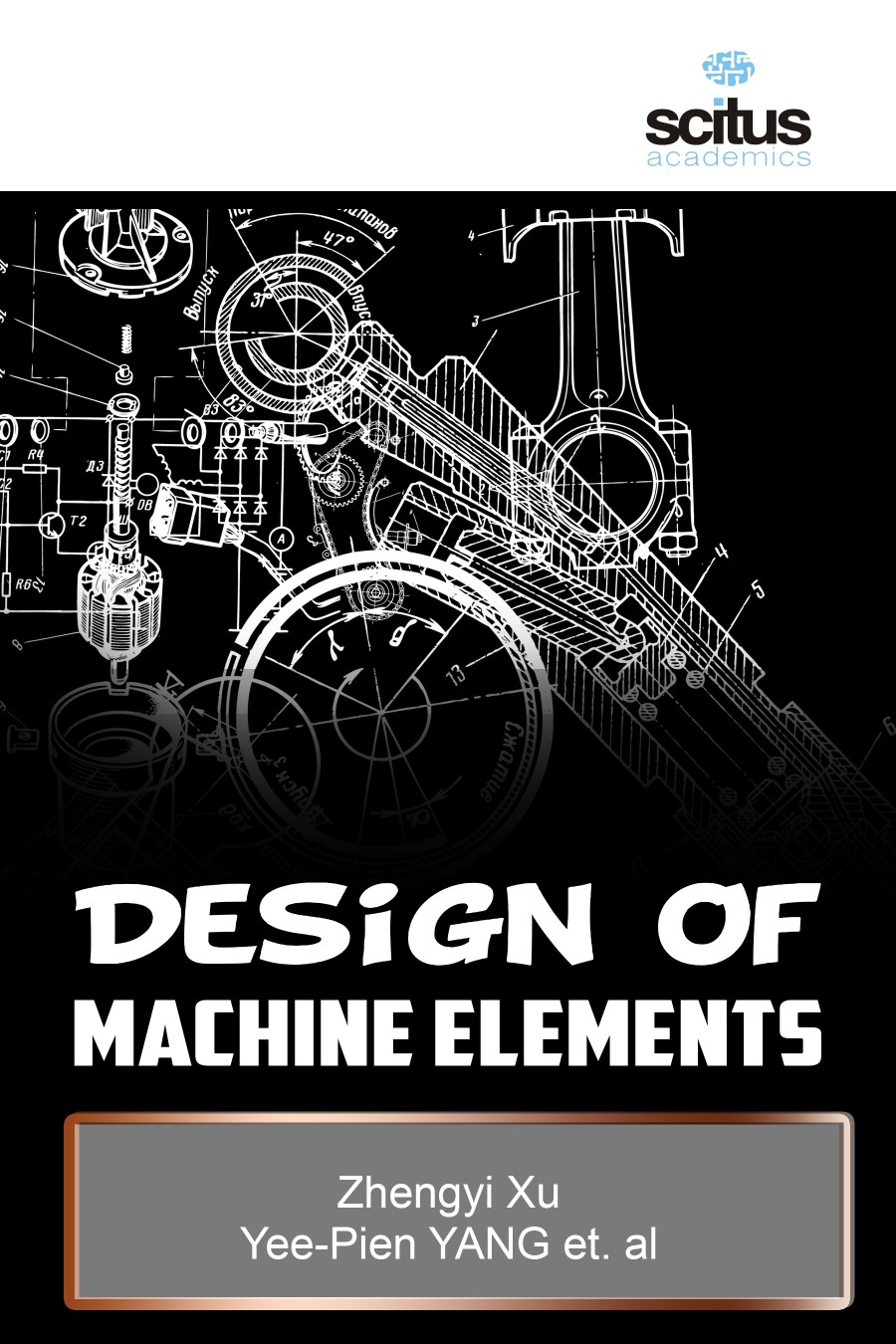Machine elements may be features of a part or they may be discrete parts in and of themselves such as wheels, axles, pulleys, rolling-element bearings, or gears. All of the simple machines may be described as machine elements, and many machine elements incorporate concepts of one or more simple machines. Many machine elements on the market today have been designed and implemented many decades ago. Some R&D is performed on design optimization. This work demonstrates directions of conceptual evolution of traditional design components and feasibility of their significant improvements and designing machines in a modular fashion. This also allows some flexibility in optimizing the power source as the design proceeds. For example, initial calculations may have indicated that a certain size motor was required, but in designing the power transmission system, the motor size may decrease/increase depending on the inertia and efficiency of the power transmission system. Accordingly, this book will focus with real cases on some of the elements of transmission systems.
Design Of Machine Elements features recent advances and original works in mechanics engineering and their impact on the design process. Among the topics readers will find are intelligent design, advanced materials in design, design analysis and optimization, experimental mechanics in design, and design case studies. These topics and more are explored in an integrated, highly focused and logical format. Many mechanical design, invention, and engineering tasks involve knowledge of various machine elements and an intelligent and creative combining of these elements into a component or assembly that fills a need or serves an application.













